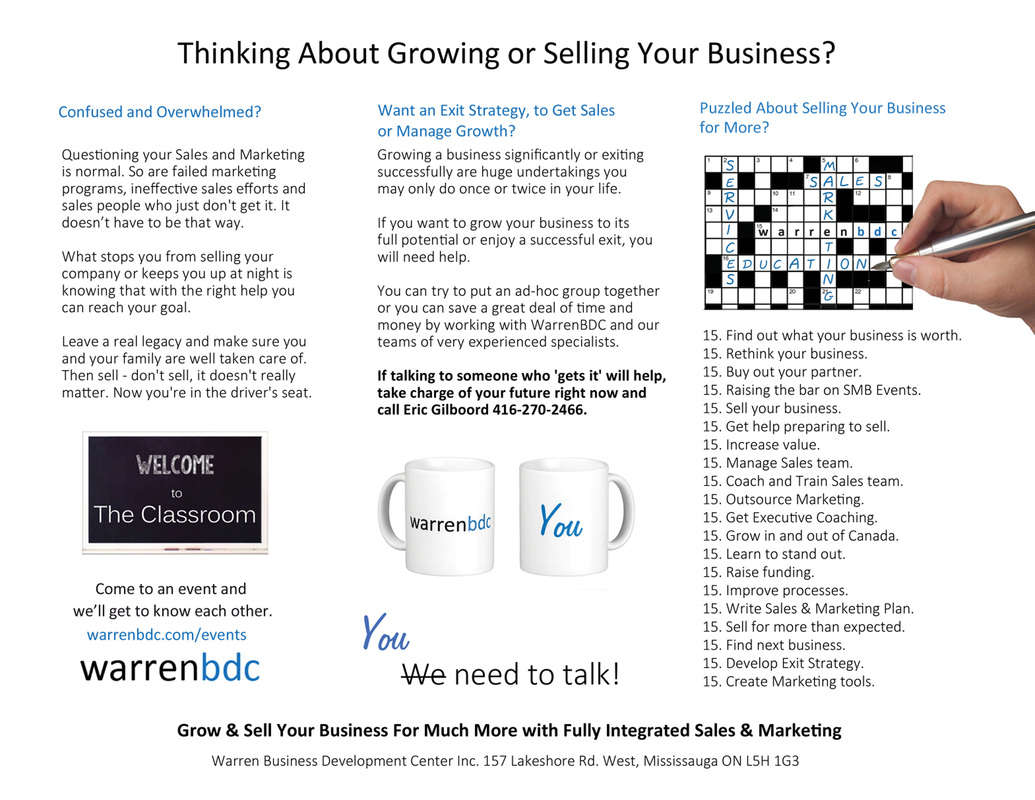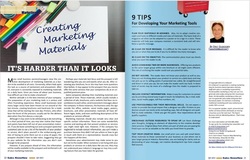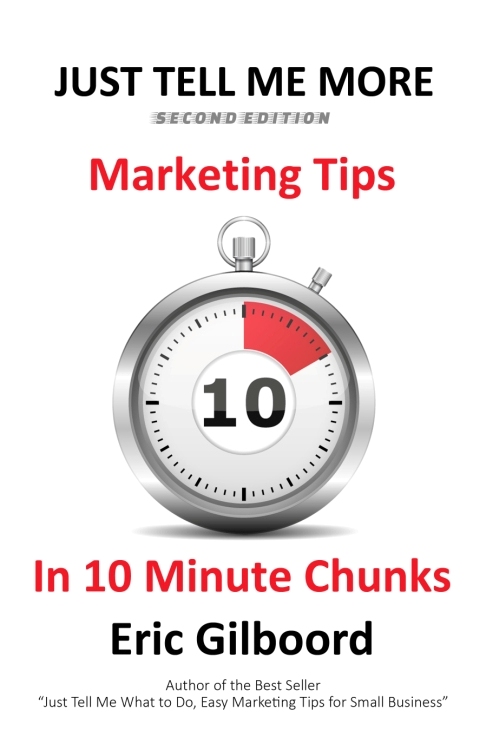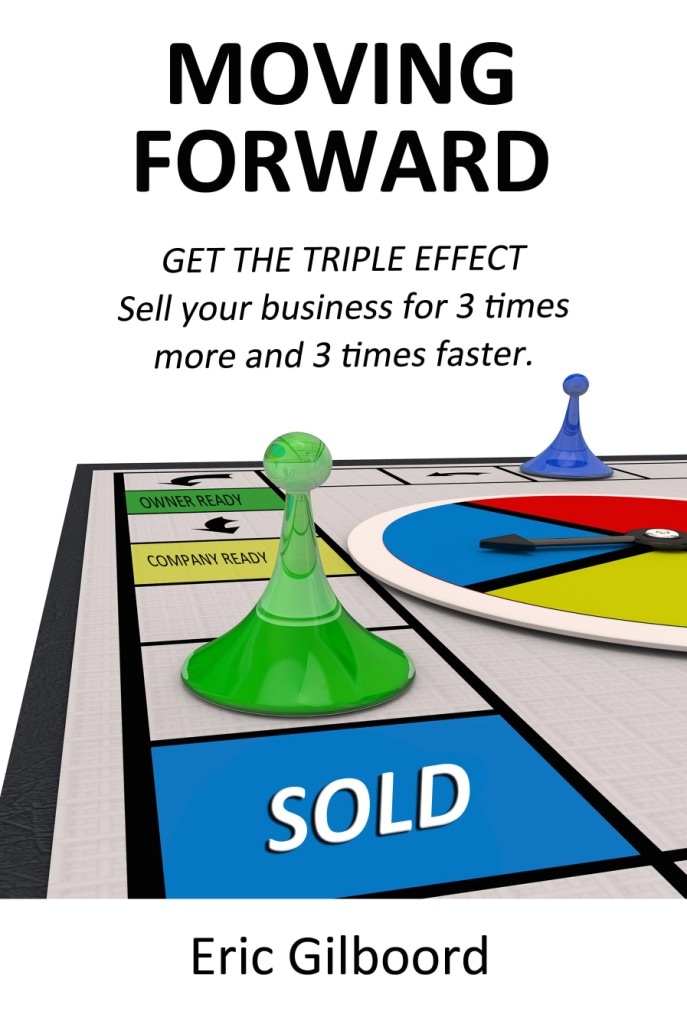by Eric Gilboord A2E
1. Seek Outside Help. Seek objective, outside professional help. If you do the marketing yourself, you will likely take your eye off the day-to-day running of the business, cause unnecessary anxiety, and either keep your business where it is or hurt it further.
2. Rethink Your Business. Think again about current customers, competition, industry changes, and technology. Even rethink the type of business you are in. Many successful businesses have managed to stay successful by moving with the times. They saw that the needs of their customers were changing and acted accordingly.
4. Keep Some, Change Some. Determine what your customers like about you and what they would like to see changed. Be honest with yourself.
5. Maintain Objectivity. Emotion has no place in this process. To achieve a successful marketing turnaround, you must do what is best for your company. This may mean letting long-term employees go or finding new suppliers.
6. Review The Past. Look carefully at your past marketing efforts, successes, and failures. If you are running a marketing program but cannot justify its expense with increased sales, consider cancelling it or placing it on hold. Successful marketing turnarounds stop the bleeding quickly.
7. Review Competitive Activity. Often, a new entry in a market will use new marketing techniques and follow new thinking to achieve sales that you didn’t know were possible.
8. Look At The Staff. Take time to review existing staff in light of the plans you are preparing and the growth you are seeking. Many companies that have set out on a path for success have been thwarted by staff members who didn’t agree with the new ways or were actually afraid that the company would succeed. The last person you expect to come forward will be the first to say goodbye. People can be resistant to change. They like things to stay the way they are. If you need new people, clearly identify the skills required and begin the hiring process immediately.
9. Be Flexible. Be flexible and prepared to adjust your marketing plan as new opportunities and challenges arise.
10. Persevere. Perseverance is an absolute must. If you give up too early, you may fall short of the great success your business was destined for.
11. Be Quick. Speed is essential in turning a company around. While you were planning and executing the marketing efforts, your competitors may have been taking advantage of the opportunity to move in on your customers.
To increase the VALUE of your business click here.

 RSS Feed
RSS Feed 





 RSS Feed
RSS Feed






